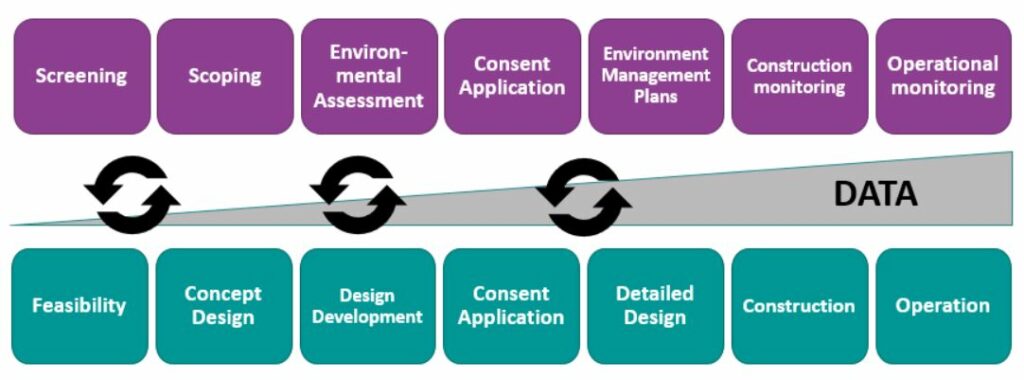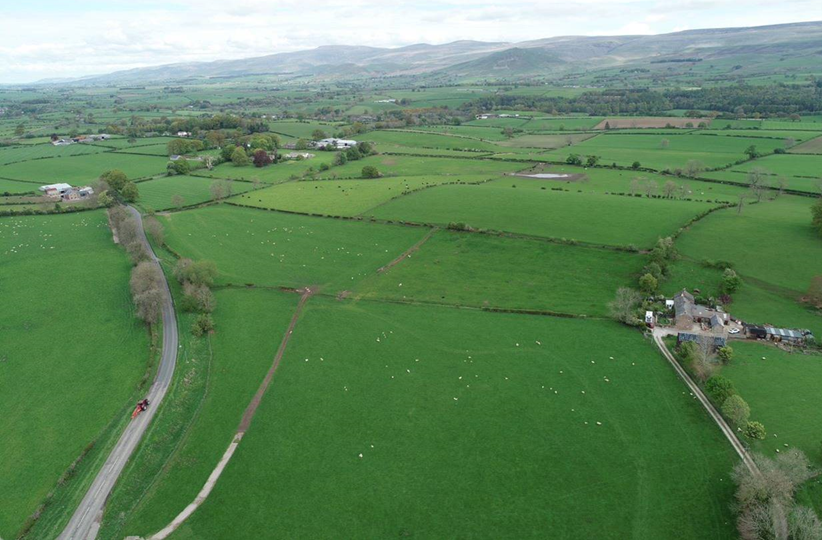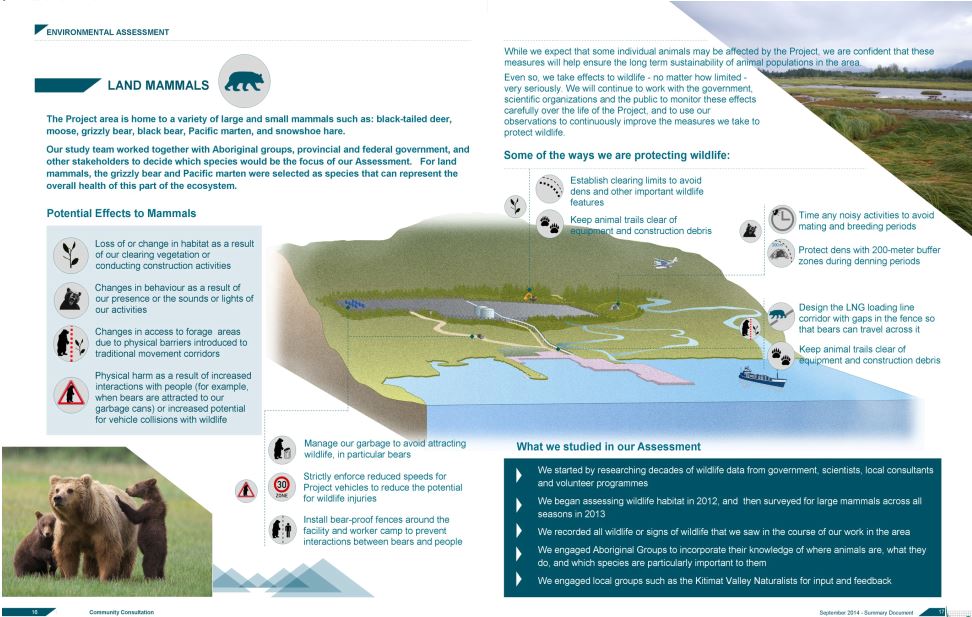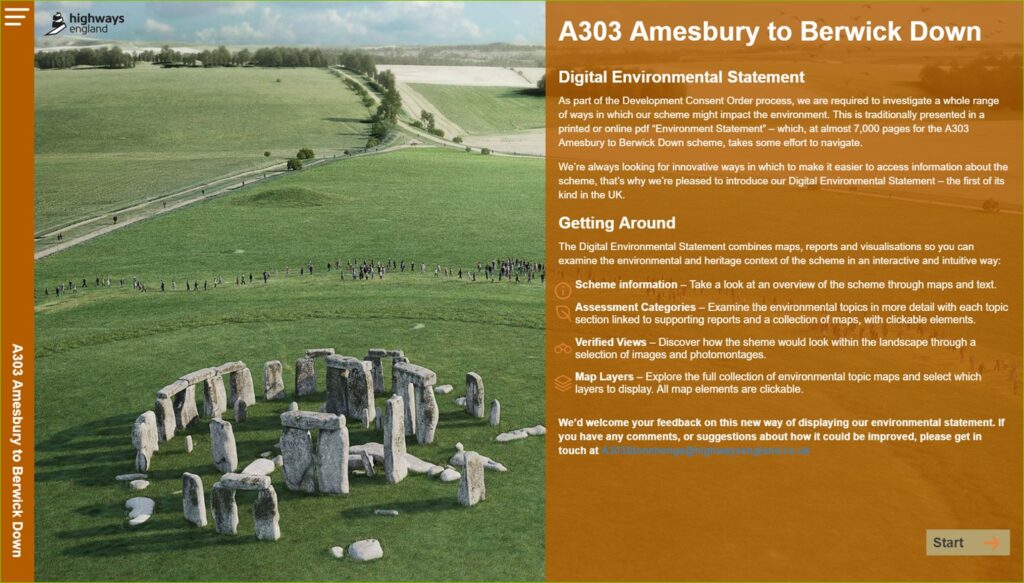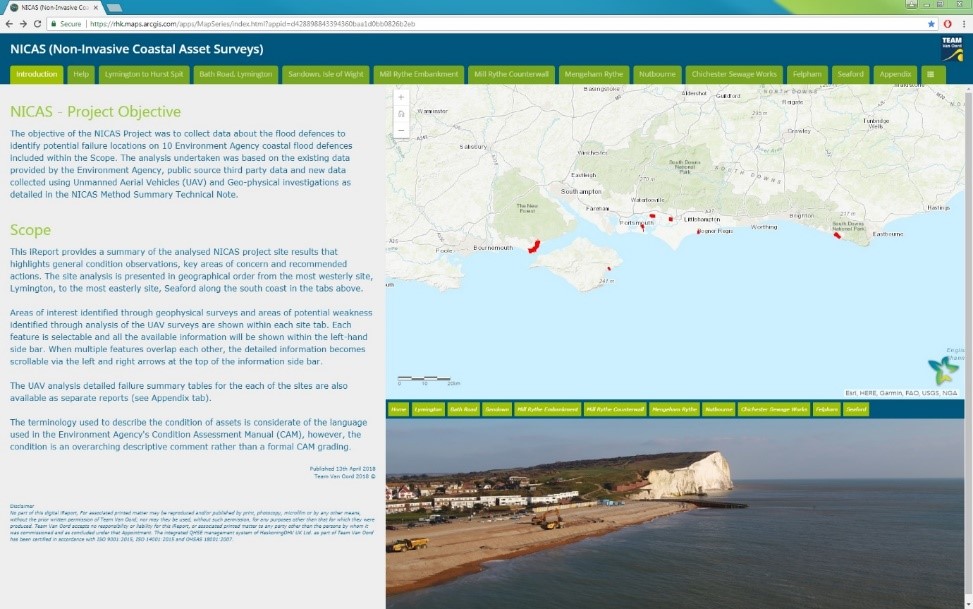Summaries of best practice in applying digital tools and technologies in Impact Assessment
The eight articles presented at the links below have all been written in March and April 2020 for Volume 6 of IEMA’s Impact Assessment Outlook Journal.
To better demonstrate these summaries of Digital IA practice and provide further guidance and direction for practitioners, the articles are presented here alongside additional visual and interactive content

Data management is a fundamental part of effective digital working, and Sarah Pyatt’s article provides a valuable overview of the best practice in how this should be done.
Data collection forms the basis of IA and is a stage where digital can address many of the existing surveying challenges we face while also giving us new datasets and insights. Phoebe Cox’s article explores widely used and innovative methods of digital data collection
Richard Shortridge’s article provides some valuable guidance on the practical steps needed to plan and develop new digital products or tools. An awareness of this process, alongside the digital skills to support you through it, can help IA practitioners turn their ideas or pain points into new digital products or solutions.
Naushad Tahsildar’s article details the use of Creative Info-Graphics for IA. This is be a powerful tool to cut down the word count and instead present information in a more engaging and understandable way.
Digital reporting is currently the highest profile form of Digital IA in use. Moving away from static PDF’s to more interactive and engaging web-based platforms is an exciting opportunity to communicate IA more effectively. Ross Stewart provides a overview of current digital reporting practices and its benefits.
Digital innovation is applied to consultation to improve accessibility, engage a wider audience and communicate understanding of development and its impact more effectively. Lee Wallace provides an overview of some of the innovation occurring in consultation and the benefits it brings.
To deliver quality development and effective mitigation, the post-consent stage and monitoring need to be delivered in an informed and joined up way. Digital approaches can also add value in these crucial phases. This is explained in Georgina Cutler’s article along with an overview of some of the tools being applied for this use.
Alistair Walker’s article provides an overview of how Digital EIA has been explored in a government backed project, which has exciting prospects to provide practitioners with new tools and platforms and a common direction of travel. This presents an opportunity to ensure digital EIA is implemented more widely across industry, and to facilitate and encourage digital and innovation being embraced at a faster pace


